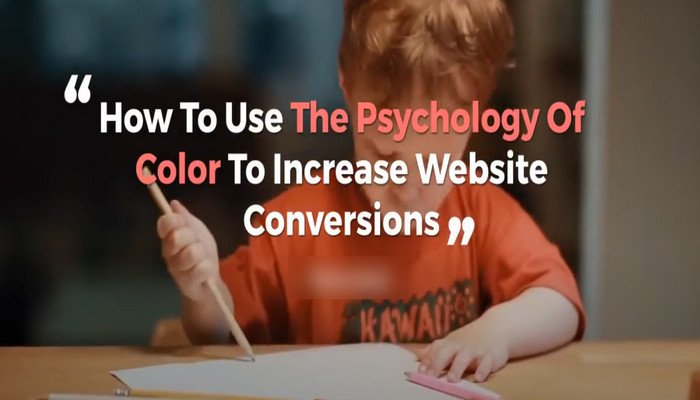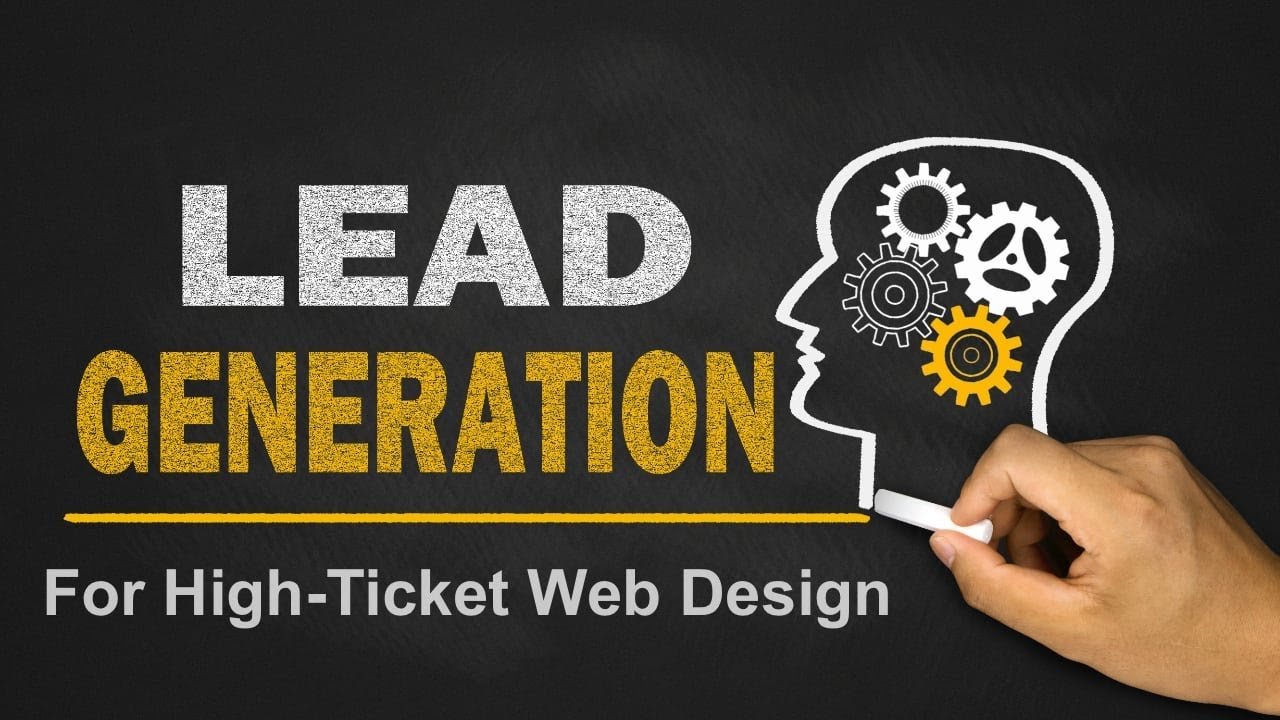
How To Use Different Colors in Web Design To Increase Conversions
How To Use Different Colors in Web Design To Increase Conversions Rates Blue, Black, White, Green, Red, Yellow, & Orange. Click here & check our article in detail to get more leads!
Websites are built for a variety of purposes. Some individuals create websites for their businesses, while others do it for enjoyment.
The majority of webmasters, on the other hand, create websites because they have goals that they need to attain. These websites might be used to further a certain agenda, whether political or otherwise or to market specific items or services. Conversion rates are the single most important metric of success for these websites.
Simply, a conversion occurs when a website visitor reacts to your call to action. When someone registers for a webinar you’re intending to host, you get a conversion. A reader who subscribes to your newsletter is also a conversion.
The same is true for everybody who fills out a contact form. Of course, the ideal conversion would be if someone paid for a product or service you are providing.
Many variables contribute to increased conversions, and one of them is the colors used in your site design.
Colors Play an Important Role Participate in Conversions
Colors are an effective design tool. After all, they have the ability to alter our attitudes and feelings the instant we see them.
This may sound like woo-woo, but there is a valid sub-field of behavioral psychology that studies how color influences human behavior. It’s called color psychology, and marketers and web designers are smart in attempting to understand it so they can use it in their work.
Several studies have found a link between colors and people’s attitudes and emotions. One study shows how the association between brands and color is determined by whether the color chosen by a brand matches what is being marketed. Another study found that human brains prefer familiar brands, making color important in the establishment of a brand identity.
As it is now, marketers are exploiting whatever information they have about color psychology to encourage consumers to respond to their stuff. The same is true for competent site designers, who frequently employ color psychology in their designs to capture people’s attention and elicit desirable emotions in order to accomplish conversions.
As previously said, color psychology is the study of how colors influence human behavior. Much of the research centers around the values, feelings, and reactions linked with colors. As a result, when a web designer makes a website, he or she must understand which colors elicit certain common emotions from people and adopt the one that best fits his or her needs.
So, which colors are most often connected with specific ideas and emotions? Which colors elicit a physiological response in people? Here’s a rundown of several colors and the attitudes and sentiments they evoke in observers.
How Do Colors Affect Web Design and Conversion Rates?
Blue
Blue is a popular hue in the business sector, particularly in banking. It’s also worth noting that Facebook, the world’s largest website, has been utilizing blue since its inception.
Perhaps the prominence of blue in the business sector stems from its association with security, dependability, intellect, safety, and trust. After all, all firms aim to convey those attributes.
Blue is also connected with peace, coolness, and serenity, which may explain why it is thought to reduce blood pressure and pulse rate.
However, blue is also the hue of melancholy, at least when employed as an expression in English.
Black
Black will always be linked with death and gloom. You may even include oppression and sadness. Let us not forget, however, that black also conveys elegance and grandeur, which is why many commercials for premium items have a lot of blacks.
Aside from being elegant and sophisticated, black is also effective in projecting power.
White
White is associated with innocence, purity, and goodness in Western culture. Meanwhile, hospitals make extensive use of white because it denotes sanitation and cleanliness. White is popular in the healthcare industry, as well as in other industries.
Green
The environment is, of course, the most apparent relationship with the color green. The color green has come to be synonymous with the environment and conservation.
It is also connected with decisiveness, making it ideal for business. Green is also easy on the eyes, and the brain processes it quickly.
Red
It may sound cliche now, but no one can deny that red is the color of passion, and rightly so. Red is also associated with rage, envy, anger, and violence.
Because red elicits such strong emotions in individuals, it is ideal for conveying a sense of urgency in marketing materials. If your company is having a clearance sale, for example, a red graphic with all details in white can make anybody who sees it want to run to your store—online or otherwise—or lose out on the excellent offers you’re giving.
Red is extremely exciting, which is partly why most materials announcing specials with massive discounts are nearly always in red.
Yellow
If there is one hue that instantly evokes sentiments of warmth, brightness, and excitement, it has to be yellow. Some people believe that seeing yellow makes them feel optimistic. Others report that wearing yellow helps them feel younger.
Yellow, on the other hand, maybe overpowering, especially when applied in excess. If you’re a web designer, you should use it sparingly if you don’t want people to be put off by the overwhelming brightness of your design.
Orange
Orange is a blend of red and yellow, and its connotations with both hues are evident. It, like yellow, exudes warmth and happiness. Because many powerful CTAs are orange, the red component of orange is also appropriate for creating a sense of urgency.
Choosing the Right Colors to Increase Conversions
While it is true that our own experiences eventually cause us to view colors differently, color psychology’s connections are mainly correct, and knowing how to employ them in web design will help you obtain those conversions.
So, how do you choose the best colors for your website?
Before deciding on a hue, it’s usually a good idea to research your target market. Consider gender, age, culture, and other aspects, all of which may help you identify the hue to which they will respond best.
If your website sells toys and other children’s items, for example, utilizing lively colors like yellow, green, or even a tinge of red will increase your chances of attracting leads and conversions. If you’re selling to ladies, learn about their color preferences.
Don’t be hesitant to do A/B testing to determine the color combinations and positions that will help create leads and conversions.
Experiment with different colors on your website’s buttons, forms, and other elements to attract users’ attention and enhance conversions.







Thanks for sharing. I read many of your blog posts, cool, your blog is very good. https://accounts.binance.com/ka-GE/register-person?ref=ILE8IH9H